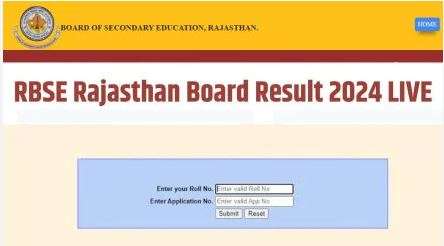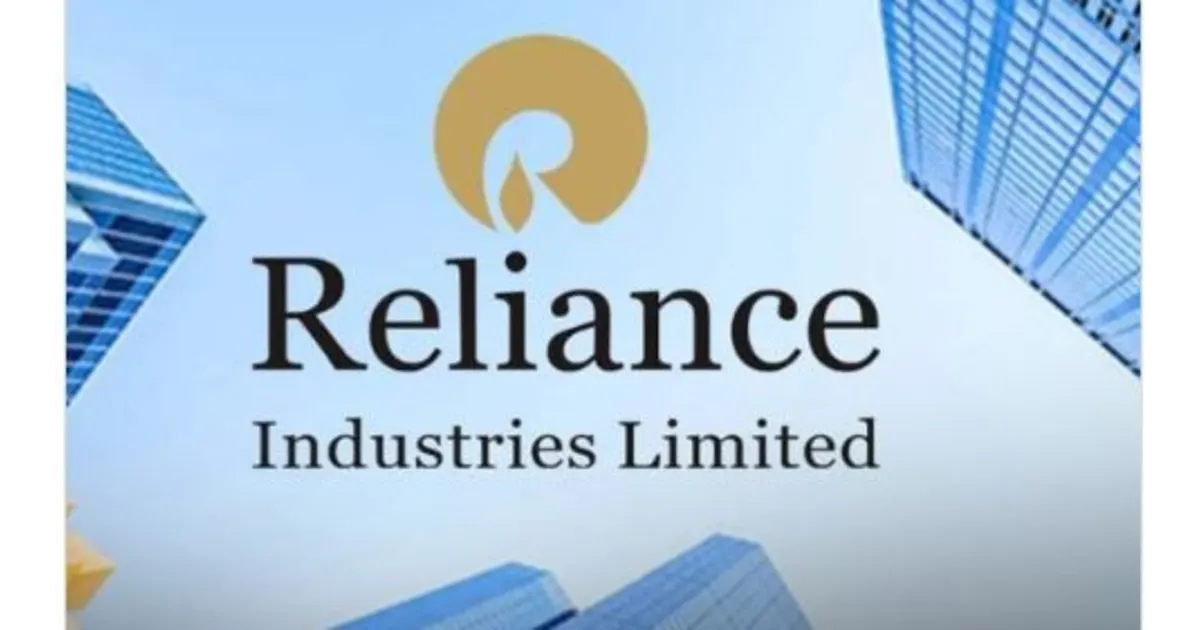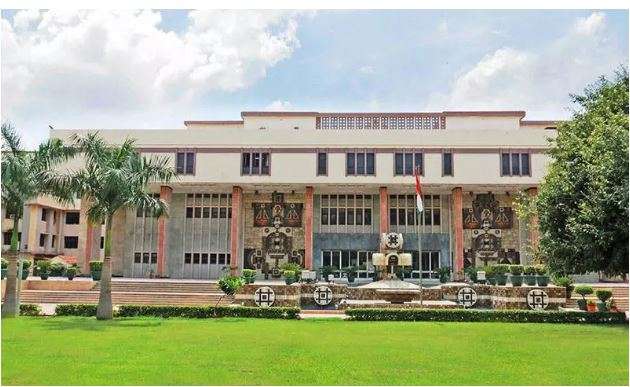Key Growth Drivers Fueling Reliance’s Upward Trajectory
1. Expansion into New Energy
Reliance’s new energy ecosystem is beginning to take form, with cell production facilities slated to go live in the coming month. The company aims to produce 10GW of modules and cells, which is projected to contribute an estimated 6% to the consolidated profit after tax (PAT) by FY27. Furthermore, by FY28, the integrated PS-to-module value chain is expected to deliver 40GWh of Battery Energy Storage Systems (BESS) and 3GW of electrolyzers, establishing a solid foundation for long-term growth.
2. Real-Time Co-located (RTC) Power Plant in Kutch
A major infrastructural milestone, the RTC Power Plant in Kutch is anticipated to be operational in the first half of FY27. With a capacity to produce 3 million tonnes per annum (MTPA) of green hydrogen, equating to 3% of global hydrogen demand, the plant also aims to cut internal power costs by 25%. This efficiency gain could result in an additional 6% boost to PAT.
3. Strategic Moves in Artificial Intelligence and FMCG
Reliance is also expanding into cutting-edge AI technology through a new joint venture with Meta, aimed at delivering innovative AI solutions. This move is complemented by heavy investments in data centers, funded entirely through Reliance Industries. In parallel, the company continues its efforts in building a strong portfolio in the fast-moving consumer goods (FMCG) and food sector, widening its footprint across industries.
Financial Outlook and Share Price Target
The outlook for Reliance remains optimistic. With new energy operations advancing and a relatively modest net debt of ₹1.19 trillion (a 2% year-on-year increase), the company’s weighted average cost of capital (WACC) is well managed. Analysts maintain confidence in the refining segment, with Gross Refining Margins (GRM) expected to remain above USD 10 per barrel.
The New Energy rollout is not only expected to contribute up to 50% to PAT in the coming years but also trigger a valuation re-rating, especially for the O2C (Oil-to-Chemicals) segment, as the company remains on track to achieve its net-zero carbon target by 2035.
Despite a marginal 1% downward revision in projected earnings per share (EPS) for FY26E and FY27E, analysts are extending valuation metrics to FY28. The firm has reiterated its ‘Buy’ recommendation on RIL stock, setting a 12-month price target of ₹1,769.
RIL’s Financial Performance in Q2FY26
Strong Earnings Growth Across Key Metrics
Reliance Industries, led by Chairman Mukesh Ambani, reported impressive financial results for the second quarter of FY26. The company posted a 15.9% year-on-year (YoY) increase in consolidated PAT, amounting to ₹22,146 crore, up from ₹19,101 crore in Q2FY25.
Revenue and Net Profit Breakdown
Excluding subsidiary and joint venture contributions, standalone net profit rose by 9.7% YoY to ₹18,165 crore, compared to ₹16,563 crore in the corresponding quarter last year. Including profits from joint ventures and subsidiaries, the PAT increased by 14.3% YoY, reaching ₹22,092 crore.
Operational gross revenue for the quarter stood at ₹2,83,548 crore, reflecting a 9.9% YoY increase over the ₹2,58,027 crore posted during the same period in FY25. These robust figures underline the company’s consistent performance and diversified revenue streams.
Conclusion: A Future-Ready Giant
Reliance Industries continues to evolve from a traditional oil-to-chemicals player into a diversified, future-focused conglomerate. With solid progress in green energy, AI, and FMCG, and supported by strong financial fundamentals, the company is well-positioned to deliver value to shareholders. The bullish outlook and a ₹1,769 price target reinforce confidence in RIL’s upward momentum over the next 12 months.















